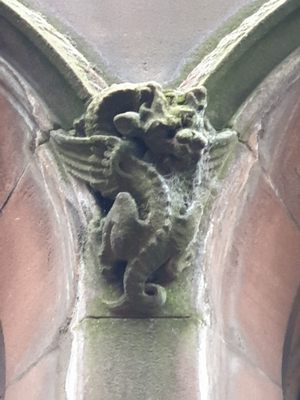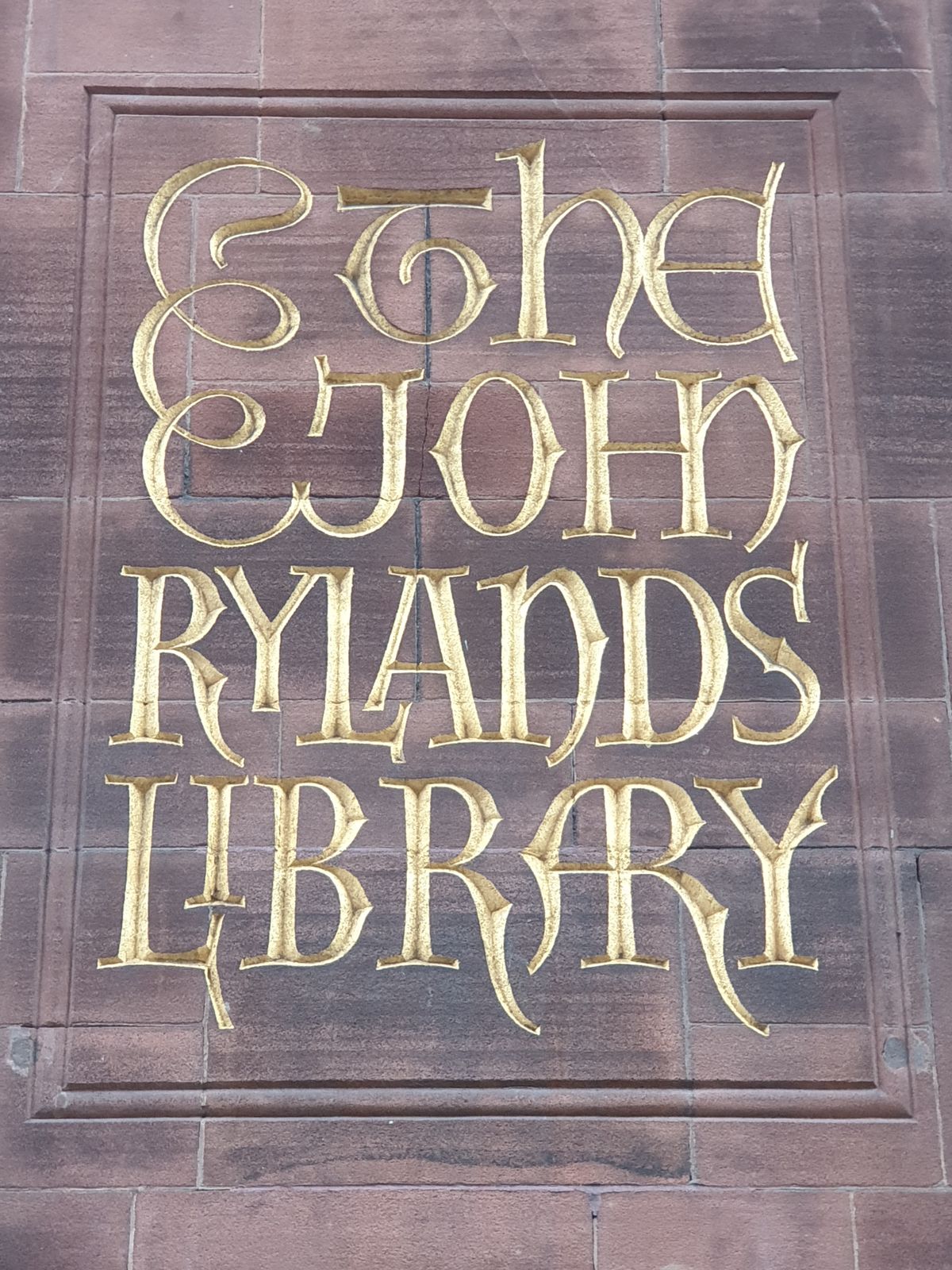About
Like almost anybody with a library named after them, John Rylands was a very rich man. The owner of Britain’s largest textile manufacturer in the late 19th century, Rylands was Manchester’s first multimillionaire. After his death in 1888, his widow Enriqueta Rylands undertook a memorial to her late husband that would be a lasting gift to the city of Manchester.
The resulting John Rylands Research Institute and Library is just that, in both architectural and academic terms. The building, commissioned in 1889, is considered one of the most outstanding examples of neo-Gothic architecture in all of Europe, while also seamlessly incorporating Arts and Crafts details and Art Nouveau metalwork throughout.
Built in a central neighborhood in Manchester, on a tightly-bounded lot, surrounded by narrow streets and tall warehouses, the building was built in a soaring cathedral-like style, with the many tall windows designed to admit good reading light adding to the churchy appearance. Indeed, the main reading room has been described as providing a “cloister quietude,” being situated in the center of the building and 30 feet above street level in order to escape the industrial and commercial din of Manchester.
The library’s collection began with the purchase in 1892 of the private library of the 2nd Earl Spencer, widely considered to be one of the best private libraries in Europe. Consisting of some 43,000 items — including thousands of rarities, particularly prints predating 1501 — this so-called "Althorp Library" was supplemented by hundreds of other books and manuscripts collected by the avid Mrs. Ryland.
There were some bibliophiles who were dismayed to see all these valuable books go to Manchester, as there was a great deal of air pollution (or as the library’s architect charmingly put it, the “atmosphere” was “somewhat charged with chemicals”) in the heavily industrialized city. To address this problem, the bookcases incorporated elaborate locks and seals to protect the books, and a remarkably advanced (for the time) air filtration system was employed, passing the air intake through wet screens and mists of water to capture particulate matter before reaching the building’s interior. The library was also one of the first buildings in Manchester to use electric lighting, and produced its own power via an onsite generator until 1950.
Originally opened to the public on January 1, 1900, today the John Rylands Research Institute and Library is part of the University of Manchester’s library system and houses over 250,000 books and more than a million manuscripts and archival items. The library’s outstanding collection includes medieval illuminated manuscripts, an original Gutenberg Bible, and the oldest known fragment of the New Testament.
Related Tags
Community Contributors
Added By
Edited By
Published
February 23, 2016






























































